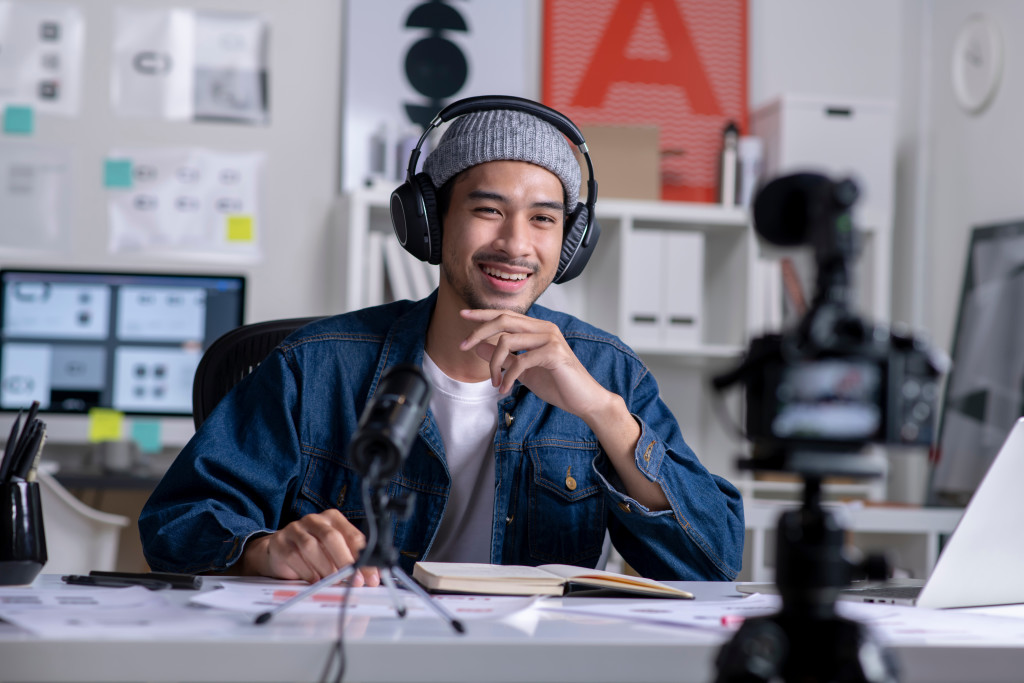 Not even two months ago, I admitted my skepticism about a popular teaching technique.
Not even two months ago, I admitted my skepticism about a popular teaching technique.
While I accept that “students teaching students” SOUNDS like a great idea, I nonetheless worry about the practical application of this idea:
Understanding a new idea requires lots of mental resources. Explaining a new idea requires even more. All those cognitive demands might overwhelm a student’s WM.
Even if students have the mental resources to accomplish these tasks, how can we be sure that their peers are — in fact — LEARNING the new ideas they’re being taught? For instance: what if the student-teachers misunderstood the material they’re meant to teach?
Peers can intimidate. If teachers have “first day of school” anxiety dreams, imagine how students feel when they must take on the teacher’s job. (And: they don’t have our training and experience.)
So: while I think it’s possible that students benefit from teaching their peers, making this pedagogy successful will take LOTS of preparation, skill, and humility.
Today’s Update: Does the Audience Matter?
Happily, Prof. Dan Willingham recently highlighted a new study exploring this pedagogical question. Specifically, researchers wanted to know if it matters whom the students are teaching.
College students in China watched a two-minute video on synapses, specifically:
how signals are transmitted across neurons in the human nervous system and the role of action potentials, calcium ions, synaptic vesicles, neurotransmitters, sodium ions, and receptors.
After a few extra minutes of prepration, they then “taught” a lesson on this topic.
One third of the participants explained chemical synapses to 7 peers;
one third explained to 1 peer;
and the final third explained to a video camera.
Students in all three groups were instructed that the peers would have to take a test based on these explanations.
So, what effect did the audience have on the student doing the explaining?
Results and Conclusions
The researchers had hypothesized that the presence of peers would ramp up stress and reduce the benefits of this teaching methodology.
For that reason, they suspected that students would do better if they taught their lesson to the video camera instead of to live human beings.
Sure enough, students who taught to the camera did better on basically every measurement.
They offered more thorough explanations (Cohen’s d values here ranged from 0.95 – 1.23: unusually high numbers).
They remembered the information better an hour later.
They transferred their understanding to new questions more effectively.
They felt less stress, and lower cognitive load.
As the authors write: “minimizing the social presence of the audience [by have students teach to a camera] during teaching resulted in maximizing learning outcomes.”
Classroom Implications
At first look, this study seems to suggest that — sure enough! — students DO learn more when they teach.
Alas, I don’t think we can draw that conclusion.
First: this study didn’t measure that question. That is: it didn’t include a control condition where students used some other method to study information about synapses.
This study DOES suggest that teaching to a camera helps more than teaching to peers. But it DOESN’T suggest that teaching (to a camera, or to peers) helps more than something else.
Second: I’m not sure that the verb “teach” makes sense in this context.
The students explained synapses to a camera, and they believed that another student would watch the video and take a test on it.
I suppose we can call that “teaching.” But that’s a very niche-y version of it.
And, in my experience, it’s not AT ALL what teachers think of when they hear about this methodology. More often, students break up into groups to study small parts of a process, and then circulate and “teach” the other groups what they learned.
Third: how would this “teach the camera” plan work in the classroom?
The “explain to a camera” approach might work better than an “explain to peers” version. But I imagine at least two practical problems.
#1: logistically, how does it work? Do I have 25 students explaining to 25 separate cameras simultaneuosly? Do I have a separate place with cameras where students go to record?
#2: In this study, researchers told participants that other students would watch their videos and be tested on their understanding.
Presumably this statement made the teacher-students quite conscientious about their explanations. For that reason (probably), they thought harder and therefore remembered more.
That is: the camera method helped students learn largely because participants believed that others relied on their teaching.
If, however, I use this strategy in my class, that causal chain (conscientiousness –> thinking –> remembering) could easily break down.
Either I DO use those videos to help other students learn — in which case I have to review and critque them scrupulously;
Or I DON’T use those videos — in which case my students know they don’t really have to be so concientious. (Reduced conscientiousness –> reduced thinking –> reduced memory.)
These practical questions might sound mundane, even grouchy. But I’m not trying to be grouchy — I’m trying to help my students learn material!
TL;DR
A recent study suggests that college students benefit more from “teaching” if they teach to a camera than if they teach peers.
Although I’m inclined to believe these results — they certainly make a lot of sense — I still worry that a “students-teaching-students” pedagogy sounds better in theory than it might work in practice.
Wang, F., Cheng, M., & Mayer, R. E. (2023). Improving learning-by-teaching without audience interaction as a generative learning activity by minimizing the social presence of the audience. Journal of Educational Psychology.




